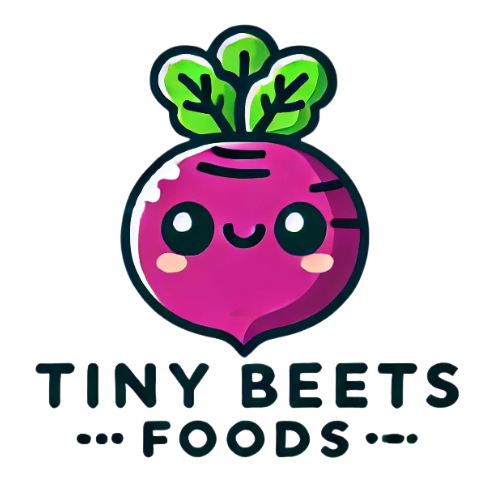Starting solids is one of those big parenting milestones that can feel both exciting and completely overwhelming. One minute your baby is happily slurping down milk, the next you’re trying to figure out the difference between textured and very textured, how to introduce allergens, and whether it’s too soon for finger foods.
The good news? You don’t need to have it all figured out from day one. Building a balanced feeding plan is all about taking small, confident steps. Guided by your baby’s cues and developmental stage.
Let’s break down what each stage looks like, what to focus on, and how to make mealtime easier (and more fun) for everyone.
Stage 1 (6–7 Months): Smooth & Simple
🥄 What It Looks Like:
This is your baby’s first taste of food! Think silky-smooth purees made from single & multi-ingredient blends such as pumpkin, pear, lentils, beetroot, and other gentle flavours. Iron-rich options are especially important now, as babies’ natural iron stores begin to dip around the 6-month mark.
👶 Signs They’re Ready:
-
Sitting upright with support
-
Good head and neck control
-
Shows interest in your food
-
Reduced tongue-thrust reflex
🍴 Feeding Tips:
-
Start with just 1–2 teaspoons once a day.
-
Offer iron-rich foods once daily (like lentils, bone broth, or leafy greens).
-
Introduce new foods one at a time and wait 2–3 days before trying another.
-
Make it a low-pressure, playful experience—smiles and mess encouraged.
🧊 Tiny Beets Favourites:
-
Pumpkin Dahl – creamy and iron-rich
-
Beetroot & Apple – vibrant, naturally sweet
-
Starting Solids Bundle – a perfect first step with a mix of smooth flavours, all portioned into freezer-friendly cubes
Stage 2 (8–9 Months): Textures & Combos
🍲 What It Looks Like:
Your baby is getting the hang of this food thing. Stage 2 is all about thicker, mashed textures and multi-ingredient blends, often with gentle herbs and spices to expand their flavour horizons.
🧠 Why It Matters:
This stage builds chewing skills (even without teeth!), supports oral development, and introduces a broader range of nutrients. It’s also a great time to offer allergenic foods like fish, dairy, and eggs in small amounts if you haven’t already.
🍴 Feeding Tips:
-
Slowly increase quantity to 2–3 meals per day.
-
Use a fork to mash foods or try thicker purees with soft lumps.
-
Don’t shy away from stronger flavours, babies are surprisingly adventurous!
🧊 Tiny Beets Favourites:
-
Cottage Pie – hearty beef and veggie mix
-
Turkey, Veg & Cranberries – perfect balance of savoury and sweet
-
Stage 2 Textured Bundle – a convenient rotation of meals designed to keep your baby interested and full
Stage 3 (10–12 Months): Finger Foods & Small Meals
👋 What It Looks Like:
Now we’re entering self-feeding territory! Stage 3 is about giving your baby soft finger foods, small bites, and even mini versions of your family’s meals. Mealtime becomes less about spoon-feeding and more about exploration and independence.
🧠 What They're Learning:
-
Developing the pincer grasp (thumb and forefinger)
-
Improving hand-eye coordination
-
Strengthening oral muscles for speech and chewing
🍴 Feeding Tips:
-
Offer a mix of textures—soft finger foods alongside mashed meals or cubes.
-
Encourage self-feeding, even if it gets messy.
-
Think bite-sized: veggie sticks, soft patties, mini meatballs, tiny pasta shapes.
🧊 Tiny Beets Favourites:
-
Greek Style Meatballs – soft, protein-packed, and baby-hand friendly
-
Chicken Enchiladas – textured, flavourful, and easy to portion
-
Mini Bites Bundle – muffins, tater tots, and veggie sticks designed for baby-led weaning
🗓 Planning a Balanced Week of Meals
You don’t need to follow a rigid feeding schedule, but here’s a rough guide to help:
| Age | Meals per day | Goal |
|---|---|---|
| 6 months | 1 | Taste exploration, iron intake |
| 7–8 months | 2 | Building variety, texture learning |
| 9–12 months | 3 + snacks | Balanced meals, self-feeding skills |
